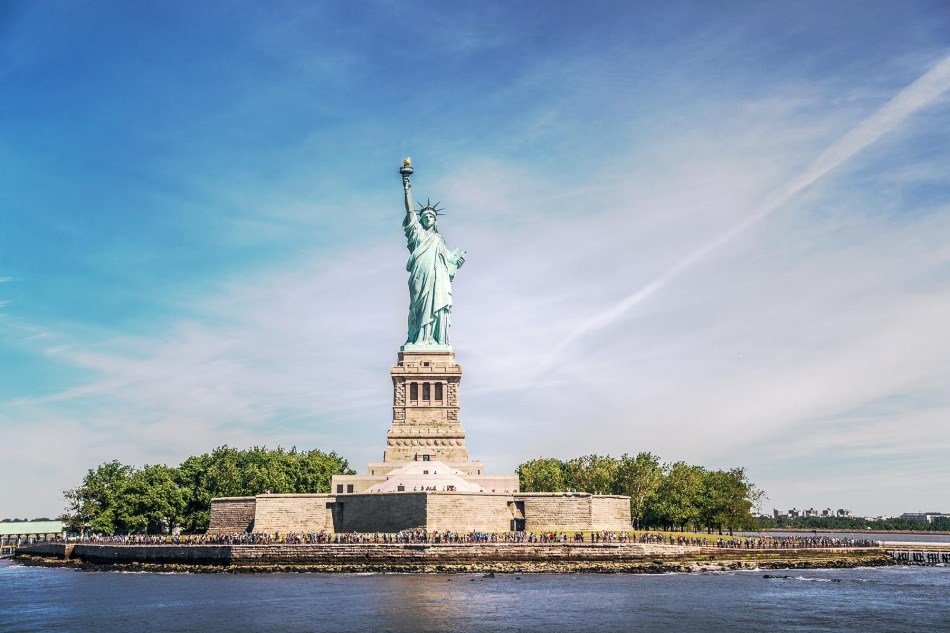1/ Liberty Enlightening the World – New York
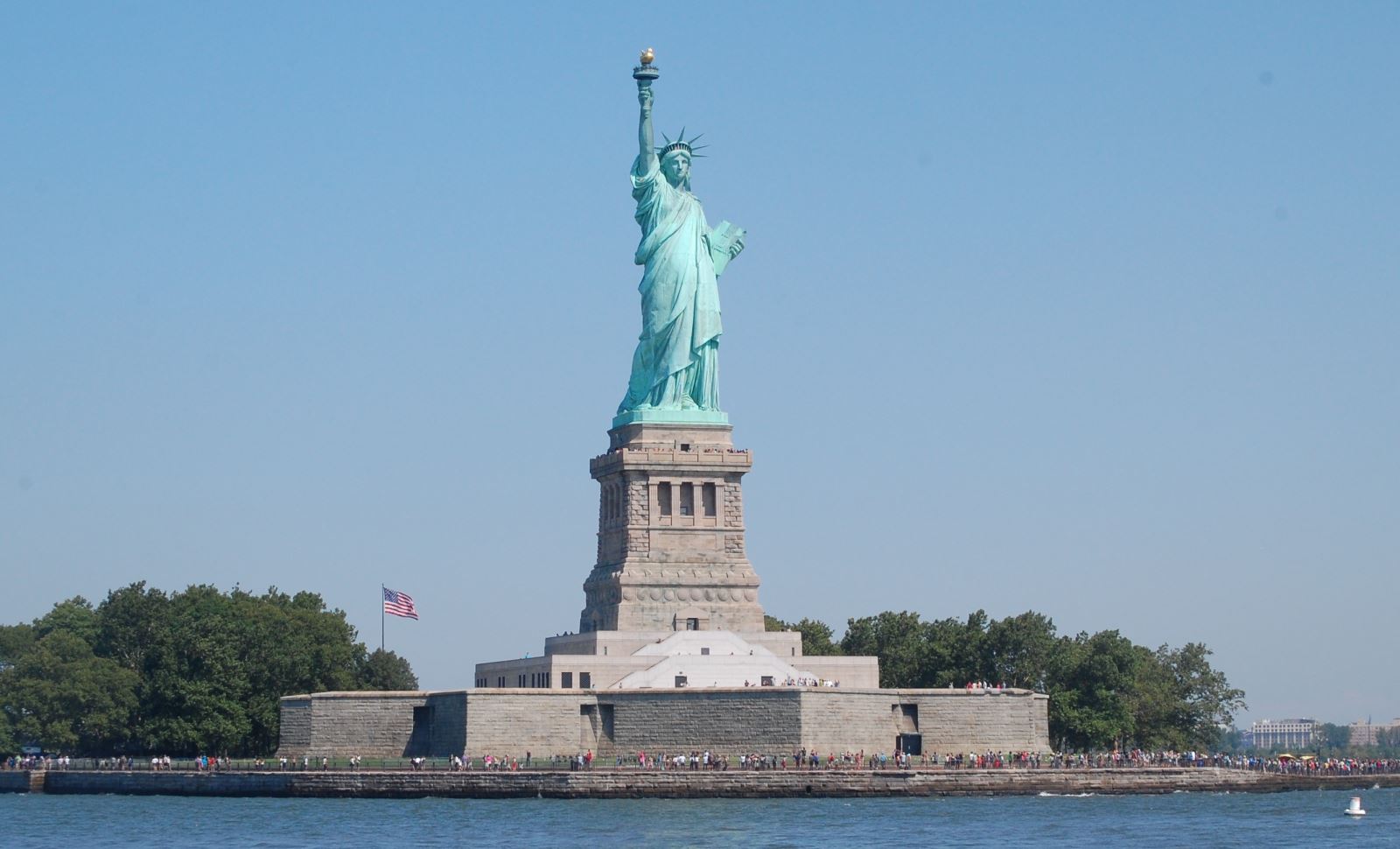
The Statue of Liberty is officially known as, "Liberty Enlightening the World." But to many she is "Lady Liberty," "The Lady" or even just "the Statue." On her 125th anniversary, Friday, Oct. 28, 2011, she will be known by a new name, "Liberty Enlightening the World Wide Web " thanks to a series of new web cams placed around her torch.
Several remarkable views will be just a touch of a mouse away. On clear days, three cameras will provide unobstructed panoramas and live views of the famed New York City skyline, along with a front row seat to watch views of the majestic Hudson River and ships in New York Harbor. And that's just looking out. The two remaining cameras provide truly unique views. One provides a ultra wide-angle interactive view of the famed golden torch; and the final camera looks downward.
2/ Freedom Trail – Boston
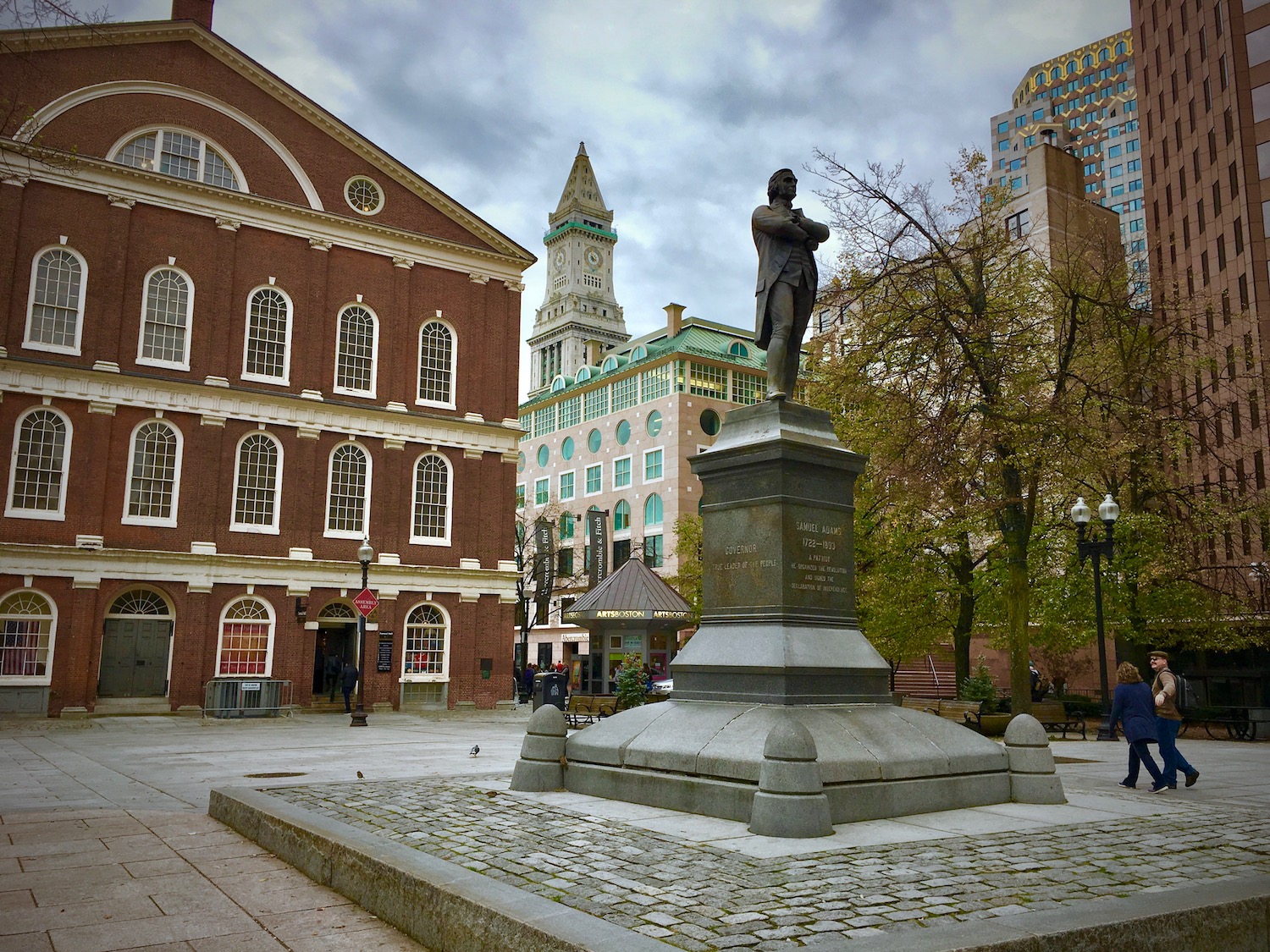
The Freedom Trail is a 2.5-mile-long (4.0 km) path through downtown Boston, Massachusetts, that passes by 16 locations significant to the history of the United States. Marked largely with brick, it winds between Boston Common to the Bunker Hill Monument in Charlestown. Stops along the trail include simple explanatory ground markers, graveyards, notable churches and buildings, and a historic naval frigate. While most of the sites are free or suggest donations, the Old South Meeting House, the Old State House, and the Paul Revere House charge admission. The Freedom Trail is overseen by the City of Boston's Freedom Trail Commission and is supported in part by grants from various nonprofits and foundations, private philanthropy, and Boston National Historical Park.
The Freedom Trail was conceived by local journalist William Schofield, who in 1951 suggested building a pedestrian trail to link important local landmarks. Boston mayor John Hynes decided to put Schofield's idea into action. By 1953, 40,000 people were walking the trail annually.
The National Park Service operates a visitor's center on the first floor of Faneuil Hall, where they offer tours, provide free maps of the Freedom Trail and other historic sites, and sell books about Boston and United States history.Some observers have noted the tendency of the Freedom Trail's narrative frame to omit certain historical locations, such as the sites of the Boston Tea Party and the Liberty Tree.Members of the Boy Scouts of America who hike or camp along the Freedom Trail may be eligible for the Historic Trails Award.
3/ Independence Hall – Philadelphia
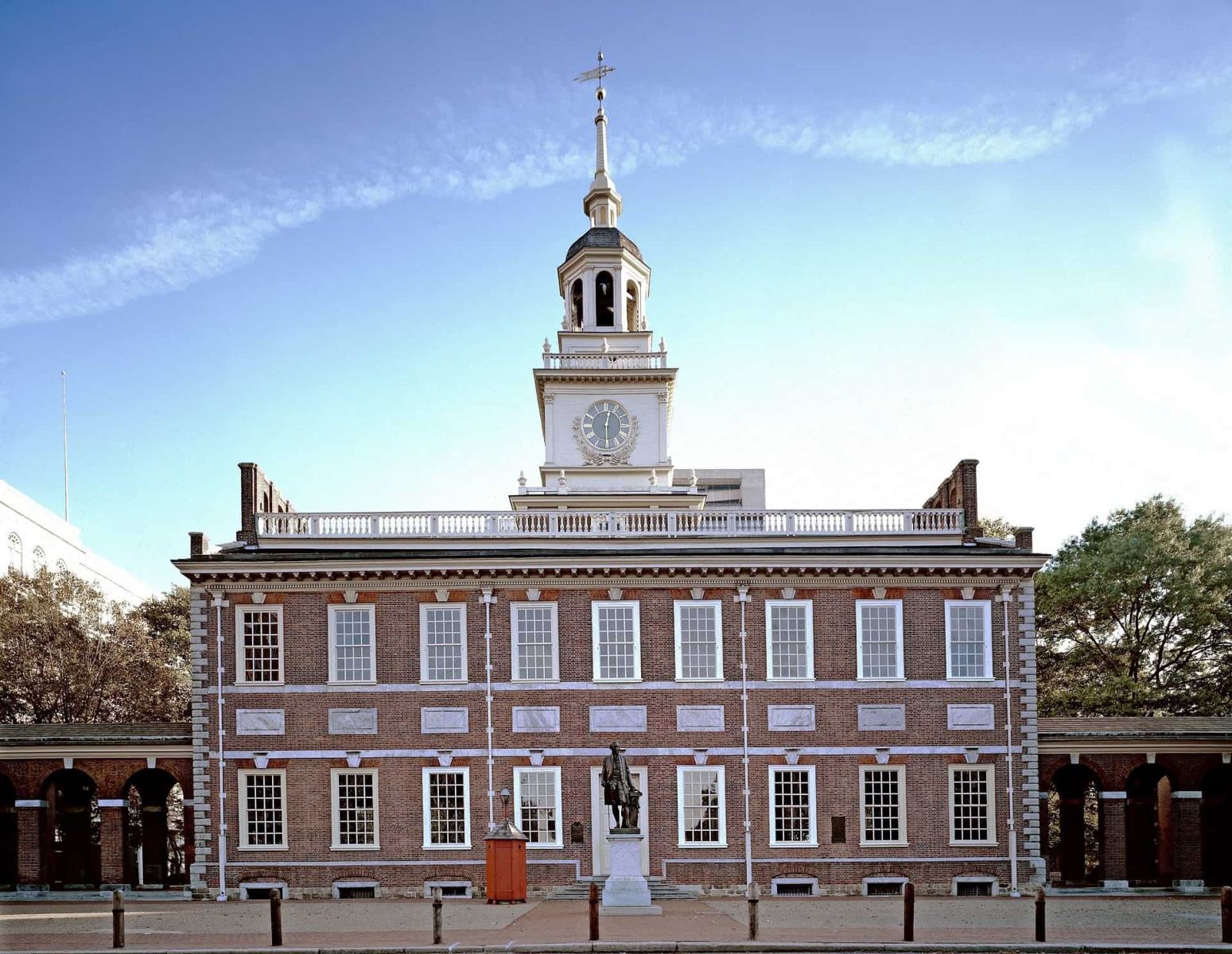
Independence Hall is the building where both the United States Declaration of Independence and the United States Constitution were debated and adopted. It is now the centerpiece of the Independence National Historical Park in Philadelphia, Pennsylvania.
The building was completed in 1753 as the Pennsylvania State House, and served as the capitol for the Province and Commonwealth of Pennsylvania until the state capital moved to Lancaster in 1799. It became the principal meeting place of the Second Continental Congress from 1775 to 1783 and was the site of the Constitutional Convention in the summer of 1787.
A convention held in Independence Hall in 1915, presided over by former US president William Howard Taft, marked the formal announcement of the formation of the League to Enforce Peace, which led to the League of Nations and eventually the United Nations. The building is part of Independence National Historical Park and is listed as a World Heritage Site.
4/ Fort Sumter – Charleston, South Carolina
.jpg)
Fort Sumter is a sea fort in Charleston, South Carolina, notable for two battles, the first of which signified the start of the American Civil War. It was one of a number of special forts planned after the War of 1812, combining high walls and heavy masonry, and classified as Third System, as a grade of structural integrity. Work started in 1829, but was incomplete by 1860, when South Carolina seceded from the Union.
The First Battle of Fort Sumter began on April 12, 1861, when Confederate artillery fired on the Union garrison. These were the first shots of the war and continued all day, watched by many civilians in a celebratory spirit. The fort had been cut off from its supply line and surrendered the next day. The Second Battle of Fort Sumter (September 8, 1863) was a failed attempt by the Union to retake the fort, dogged by a rivalry between army and navy commanders. Although the fort was reduced to rubble, it remained in Confederate hands until it was evacuated as General Sherman marched through South Carolina in February 1865.
Fort Sumter is open for public tours as part of the Fort Sumter and Fort Moultrie National Historical Park operated by the National Park Service.
5/ Washington, District of Columbia
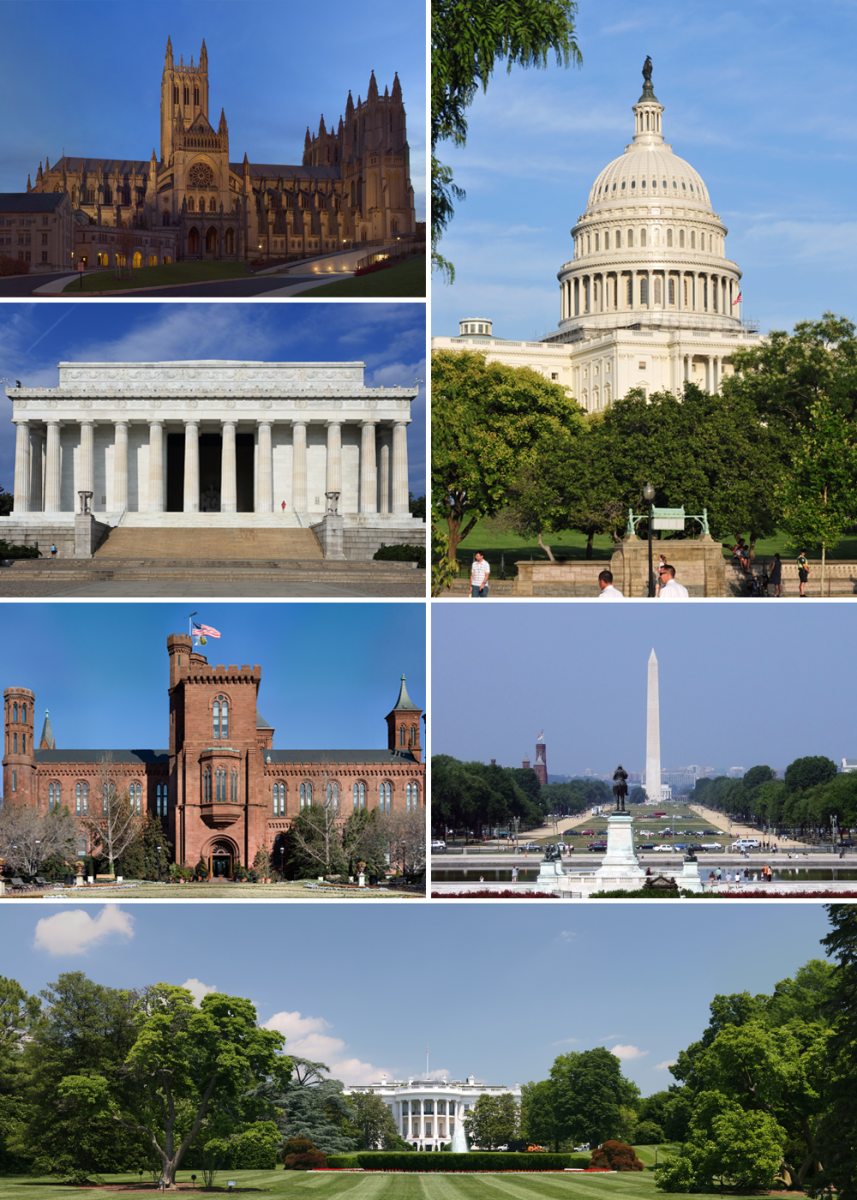
Few U.S. cities reward the traveler as much as the nation’s capital. Washington, DC is chock full of historic sights: from the Capitol and the White House to the National Mall and Arlington National Cemetery.
The crowning glory of DC, of course, is its wealth of countless world-class museums including The Smithsonian, National Air and Space Museum, the National Museum of Natural History, the National Museum of American History, the National Postal Museum, Holocaust Memorial Museum as well as several galleries. Washington, DC is also home to the largest and most prestigious library in the country – the Library of Congress with nearly 161 million total items, including 23.9 million cataloged books.
With so many options to choose from, you would be hard pressed not to find something you enjoy in DC.
6/ Mount Rushmore National Memorial – South Dakota
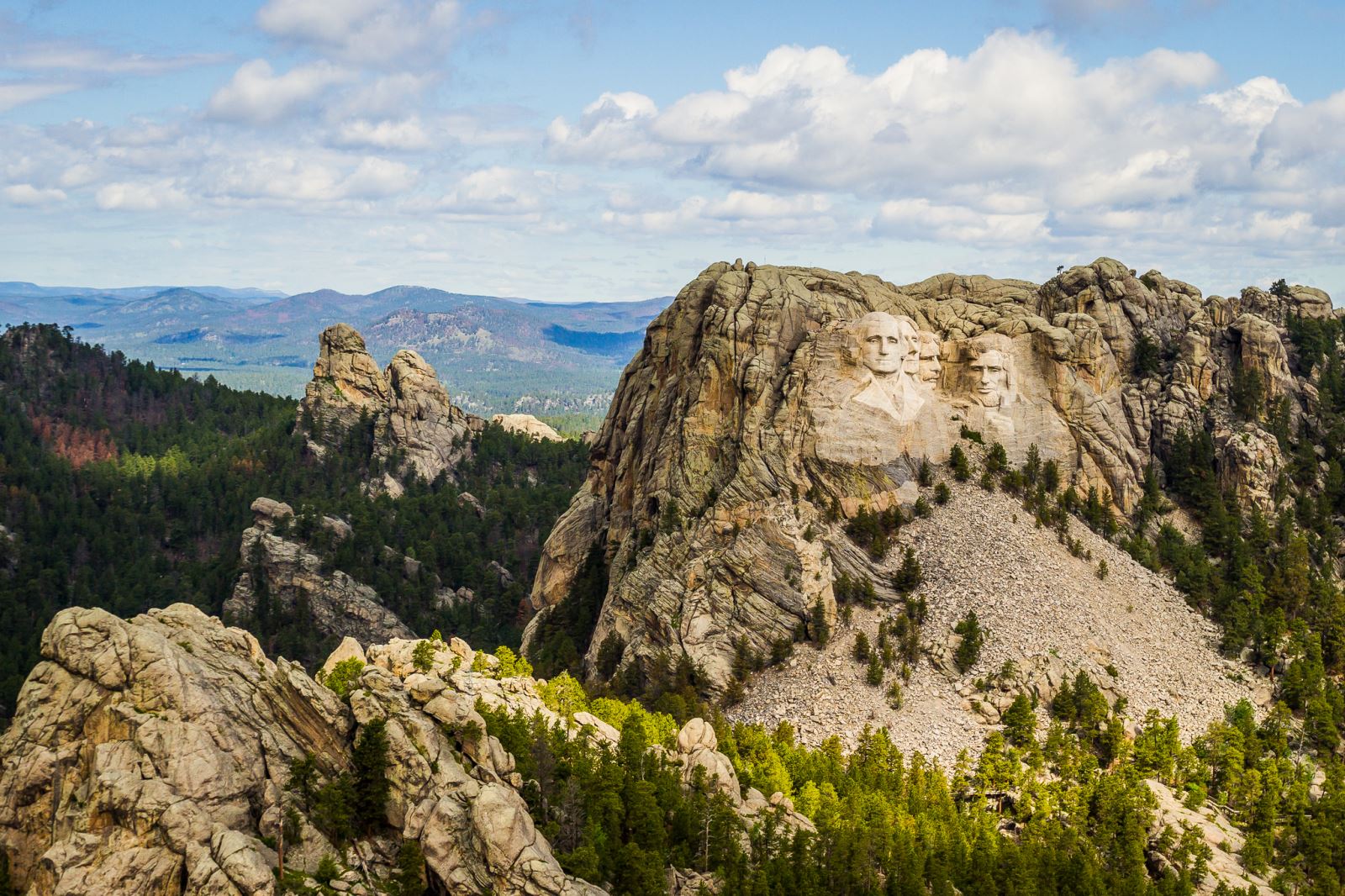
Perhaps the most unmistakably American landmark is Mount Rushmore, a national memorial located in South Dakota. Constructed in the early 20th century, Mount Rushmore depicts the faces of four former American presidents, each of which is carved and blasted from the side of a rock face. Visitors can admire the larger-than-life faces of Thomas Jefferson, George Washington, Abraham Lincoln and Theodore Roosevelt. The short Presidential Trail at the base of Mount Rushmore provides better views and an interesting perspective on the landmark.
7/ The Alamo , San Antonio
.jpg)
The Battle of the Alamo during Texas’ war for independence from Mexico lasted thirteen days, from February 23, 1836-March 6, 1836. In December of 1835, a group of Texan volunteer soldiers had occupied the Alamo, a former Franciscan mission located near the present-day city of San Antonio. On February 23, a Mexican force numbering in the thousands and led by General Antonio Lopez de Santa Anna began a siege of the fort. Though vastly outnumbered, the Alamo’s 200 defenders–commanded by James Bowie and William Travis and including the famed frontiersman Davy Crockett—held out for 13 days before the Mexican forces finally overpowered them. For Texans, the Battle of the Alamo became an enduring symbol of their heroic resistance to oppression and their struggle for independence, which they won later that year. The battle cry of “remember the Alamo” later became popular during the Mexican-American War of 1846-1848.
8/ Gateway Arch, St. Louis
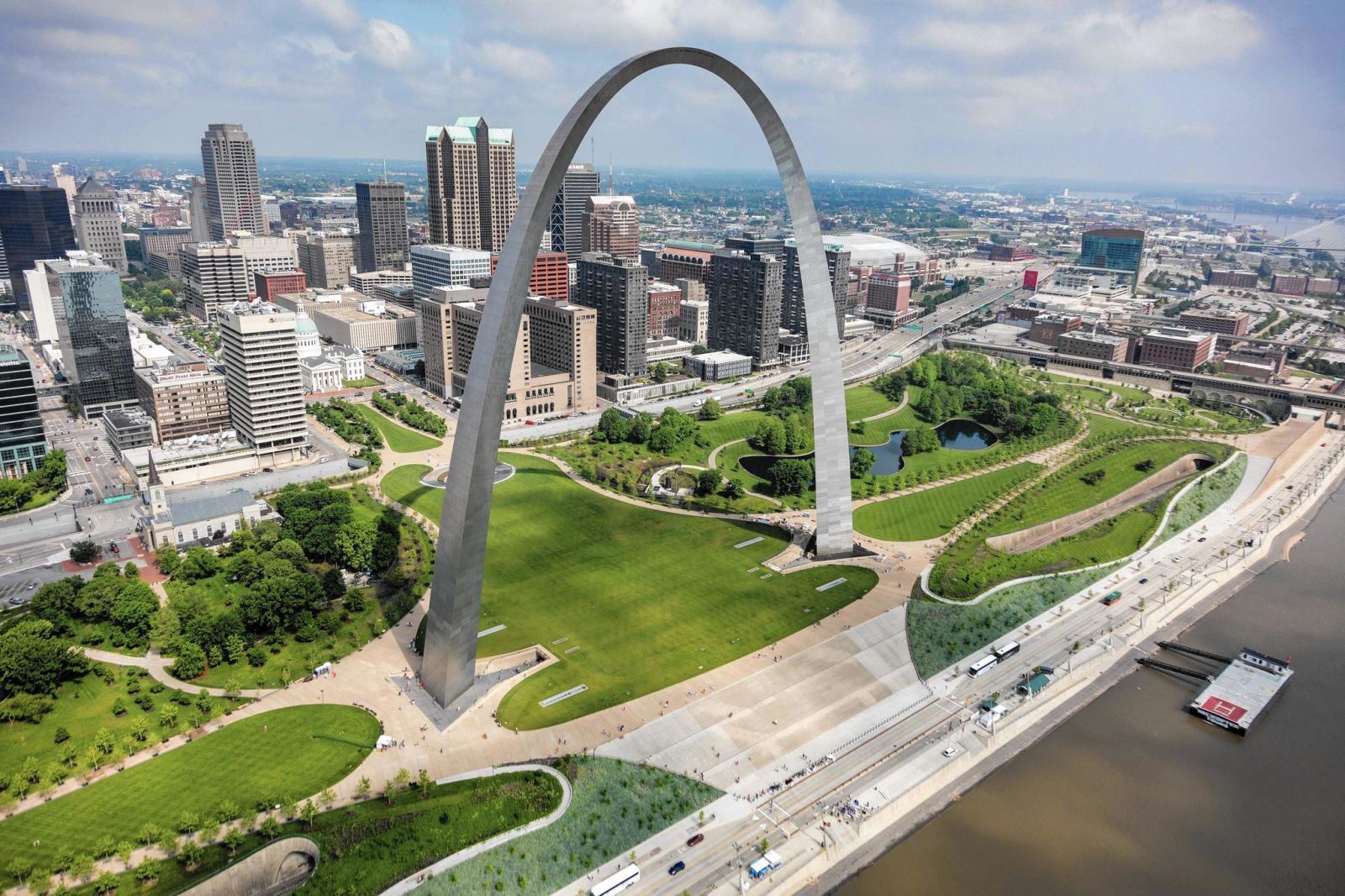
The Golden Gate Bridge is a suspension bridge spanning the Golden Gate, the strait between San Francisco and Marin County to the north. The Golden Gate Bridge was the longest suspension bridge span in the world when it was completed in 1937, and has become an internationally recognized symbol of San Francisco and California. The famous red-orange color of the bridge was specifically chosen to make the bridge more easily visible through the thick fog that frequently shrouds the bridge.
9/ Hoover Dam, Nevada-Arizona Border
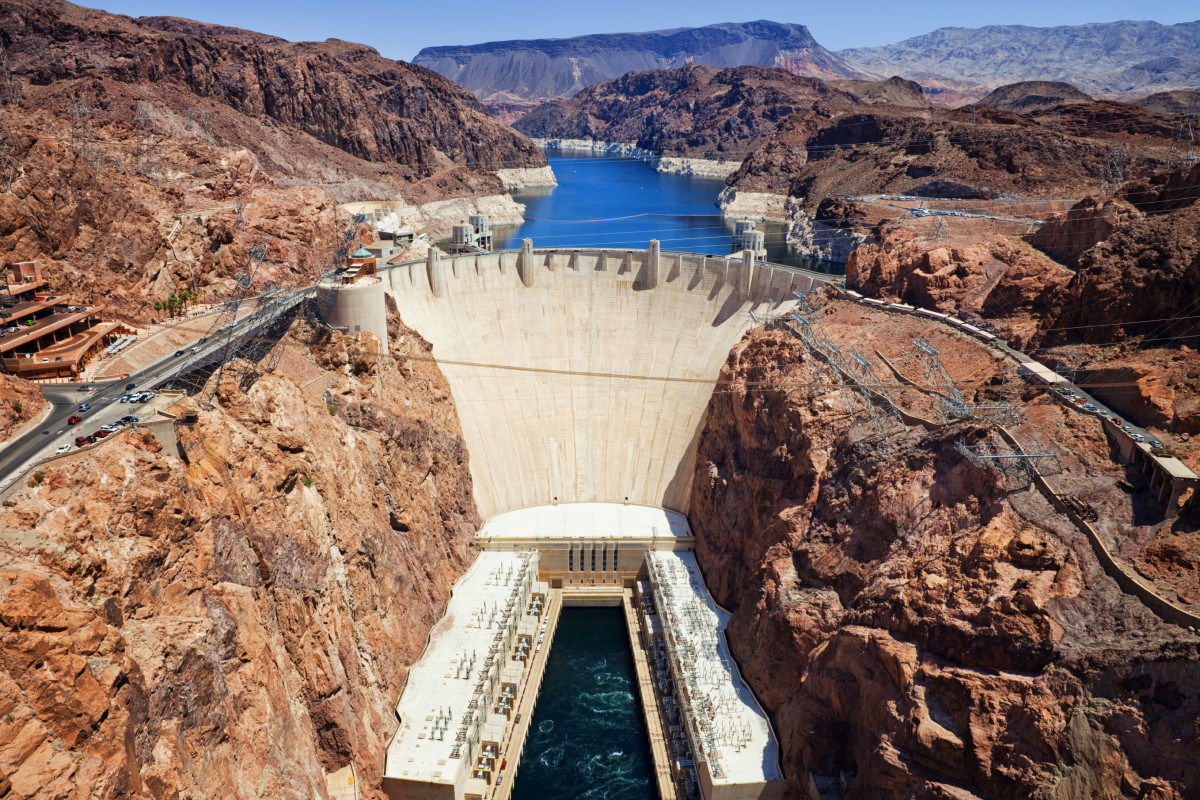
Physically, Hoover Dam is a massive, concrete arch-gravity dam, 660 feet thick at its base and wide enough at its crest that traffic on old U.S. 93 coursed right over its top. Some 726 feet in the canyon below, or the equivalent of a 60-story building, the Colorado River lies tamed behind this great concrete wedge, its base as wide as two football fields are long.
Hoover Dam stores water that irrigates 2 million acres, not only in the rich farm fields of Southern California’s Imperial Valley, but across the state line in Arizona. Hoover Dam generates enough hydroelectric power to serve 1.3 million people each year, provides municipal water for urban centers including Los Angeles, Phoenix and Tucson, holds back flood waters, provides storage during drought and takes more than a little credit for the unabashed growth of the desert Southwest. For all that, Hoover Dam is much more; it is an American icon, a monument to the ingenuity of the nation’s engineers and the power of its machines. Hoover Dam is the symbol of an era when an urban, industrial America reveled in harnessing its natural resources.
10/ Golden Gate Bridge – San Francisco
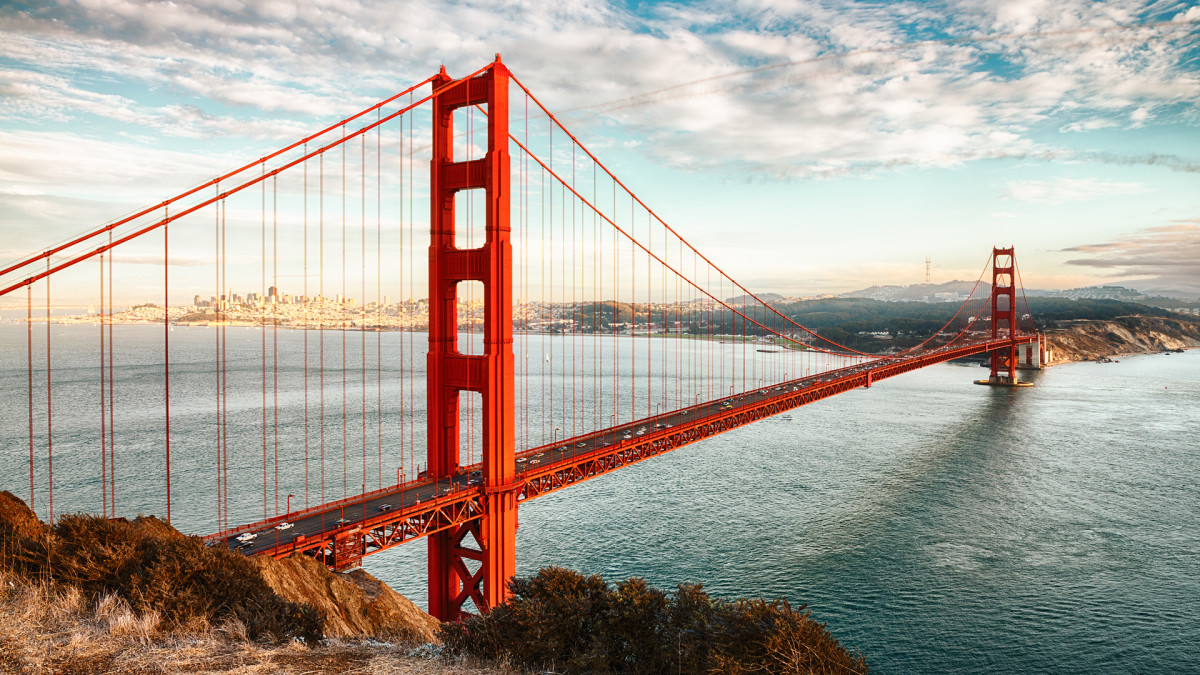
The Golden Gate Bridge is an iconic structure connecting the city of San Francisco to Marin County, California. It spans almost two miles across the Golden Gate, the narrow strait where San Francisco Bay opens to meet the Pacific Ocean. The dream of connecting San Francisco to its northern neighbors became a reality when construction commenced in 1933. Given the chance for steady employment amid the Great Depression, construction crews braved treacherous conditions as the roadway and towers took shape over open water. The Golden Gate Bridge, opened to the public in 1937, has endured as a picture-perfect landmark and an engineering marvel.



